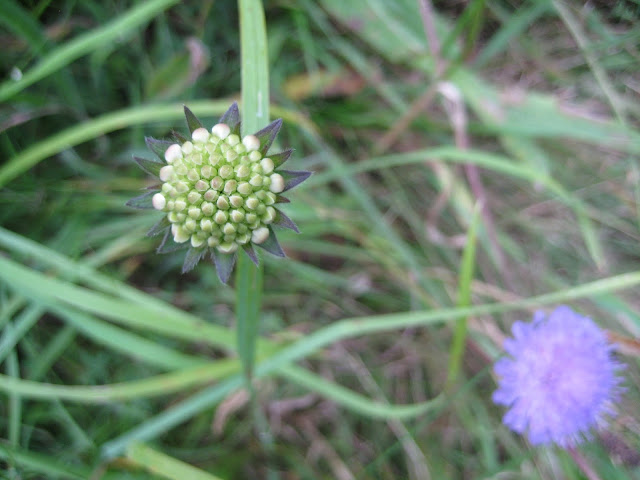A comma butterfly (Polygonia c-album) basking in the sun. A century ago commas were rare but since then they have increased and are now common (or should that be comman?) but no-one knows why.
Their raggedy outline gives camouflage protection when they rest with their wings closed over their back; the underside of the wings is a dark, dead-leaf colour, all except for the small white c-shape or comma.
photo: urban butterfly garden - thank you
Comma caterpillars feed on stinging nettles, elms or hops.
Alan was out with his camera and snapped this one perched head down, the rare "inverted comma" he suggests :o)
He also spotted a speckled wood
and the last of the black and orange caterpillars of the cinnabar moth feeding on ragwort.
These three photos: Alan Watts





























